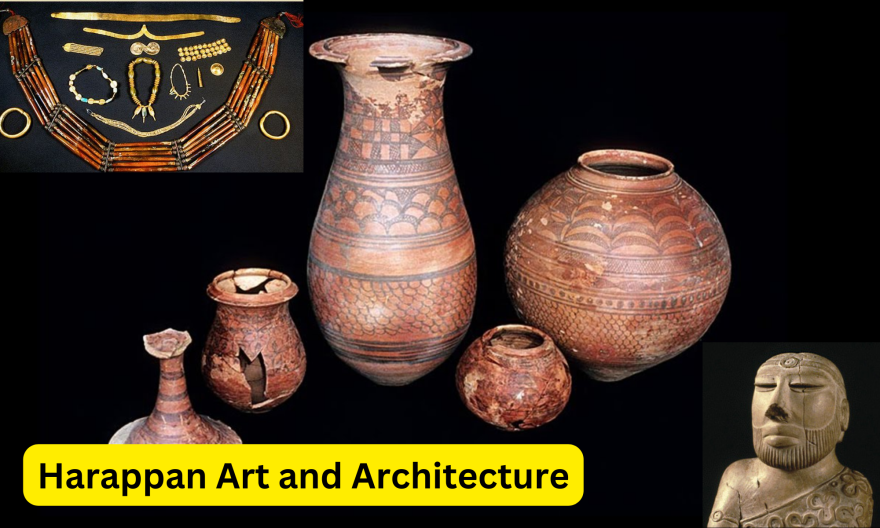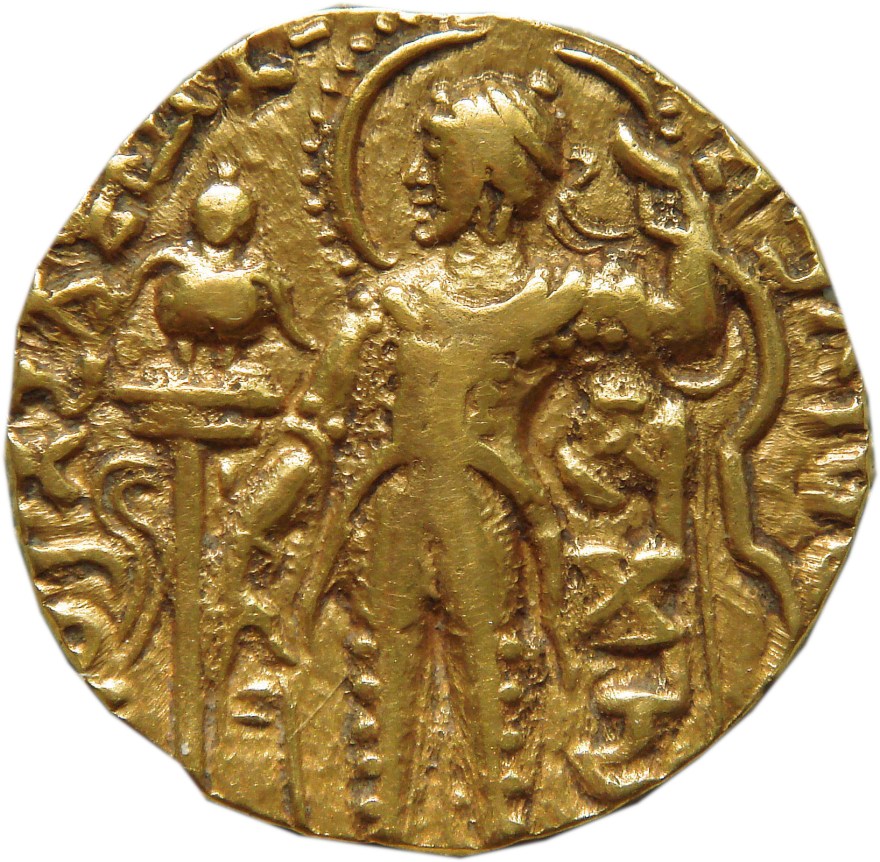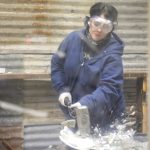Unveiling The Magnificence: Metal Work Of Harappan Civilization – Delve Into The Enigmatic Artistry!
The Intricate Metal Work of Harappan Civilization
As an avid lover of history and ancient civilizations, I have always been fascinated by the remarkable achievements of our ancestors. One such civilization that continues to captivate my imagination is the Harappan Civilization, also known as the Indus Valley Civilization. Among its many remarkable contributions to human history, the metal work of the Harappan Civilization stands out as a testament to their advanced knowledge and craftsmanship.
What is the Metal Work of Harappan Civilization?
The metal work of the Harappan Civilization refers to the intricate art and craftsmanship exhibited in the production of various metal objects during the time period of approximately 3300-1300 BCE. This ancient civilization, located in the northwestern regions of the Indian subcontinent, was renowned for its mastery of metallurgy and the creation of a wide range of metal artifacts.
2 Picture Gallery: Unveiling The Magnificence: Metal Work Of Harappan Civilization – Delve Into The Enigmatic Artistry!


Who Were the Harappans and When Did They Thrive?
The Harappan Civilization was a highly advanced urban culture that flourished in the Indus Valley, encompassing present-day Pakistan and western India. It is believed to have thrived between 2600-1900 BCE, making it one of the oldest known urban civilizations in the world. The Harappans were skilled craftsmen, traders, and agriculturalists who built sophisticated cities with well-planned infrastructure and advanced drainage systems.
Where Were the Metal Artifacts Discovered?

Image Source: adda247.com
The metal artifacts of the Harappan Civilization have been excavated from various archaeological sites in the Indus Valley, including the cities of Mohenjo-Daro and Harappa. These sites have provided a treasure trove of information about the civilization’s metalworking techniques and the types of objects they produced.
Why Were Metals Important to the Harappans?
Metals played a crucial role in the Harappan Civilization, serving both utilitarian and symbolic purposes. Copper and bronze were the most commonly used metals, and they were utilized to create a wide array of objects, including tools, weapons, jewelry, and decorative items. The Harappans valued the durability, versatility, and aesthetic appeal of metals, which were considered prestigious materials.
How Did the Harappans Master Metalworking?
The Harappans displayed an impressive level of skill in metalworking, employing various techniques to shape and manipulate metals. They used a combination of casting, hammering, and soldering to create intricate designs on copper and bronze objects. The ability to produce such refined metalwork required a deep understanding of metallurgy and advanced craftsmanship.
Frequently Asked Questions about Metal Work of Harappan Civilization
Q: What types of metal objects did the Harappans create?

Image Source: wikimedia.org
A: The Harappans created a wide range of metal objects, including tools, weapons, ornaments, figurines, vessels, and jewelry.
Q: What materials were used in Harappan metal work?
A: Copper and bronze were the primary metals used by the Harappans. These metals were readily available in the region and allowed for the creation of durable and aesthetically pleasing objects.
Q: What were the specifications and requirements for Harappan metal work?
A: The specifications and requirements for Harappan metal work varied depending on the type of object being created. However, craftsmanship and attention to detail were highly valued, resulting in finely crafted objects with intricate designs.
Q: Are there any tips or tricks for identifying authentic Harappan metal artifacts?
A: Authentic Harappan metal artifacts often exhibit distinctive features, such as precise detailing, uniformity in design, and the use of specific motifs and symbols. Consulting experts or conducting thorough research can help in identifying genuine pieces.
Conclusion: A Glimpse into the Magnificent Past
Exploring the metal work of the Harappan Civilization offers us a glimpse into the remarkable achievements of our ancient ancestors. Their mastery of metalworking techniques and the creation of intricate objects is a testament to their advanced knowledge and craftsmanship. The metal artifacts unearthed from Harappan sites continue to awe and inspire, reminding us of the rich cultural heritage that has shaped our present-day world. I highly recommend delving deeper into the captivating world of Harappan metal work to truly appreciate the beauty and ingenuity of this ancient civilization.
This post topic: Metalworking
